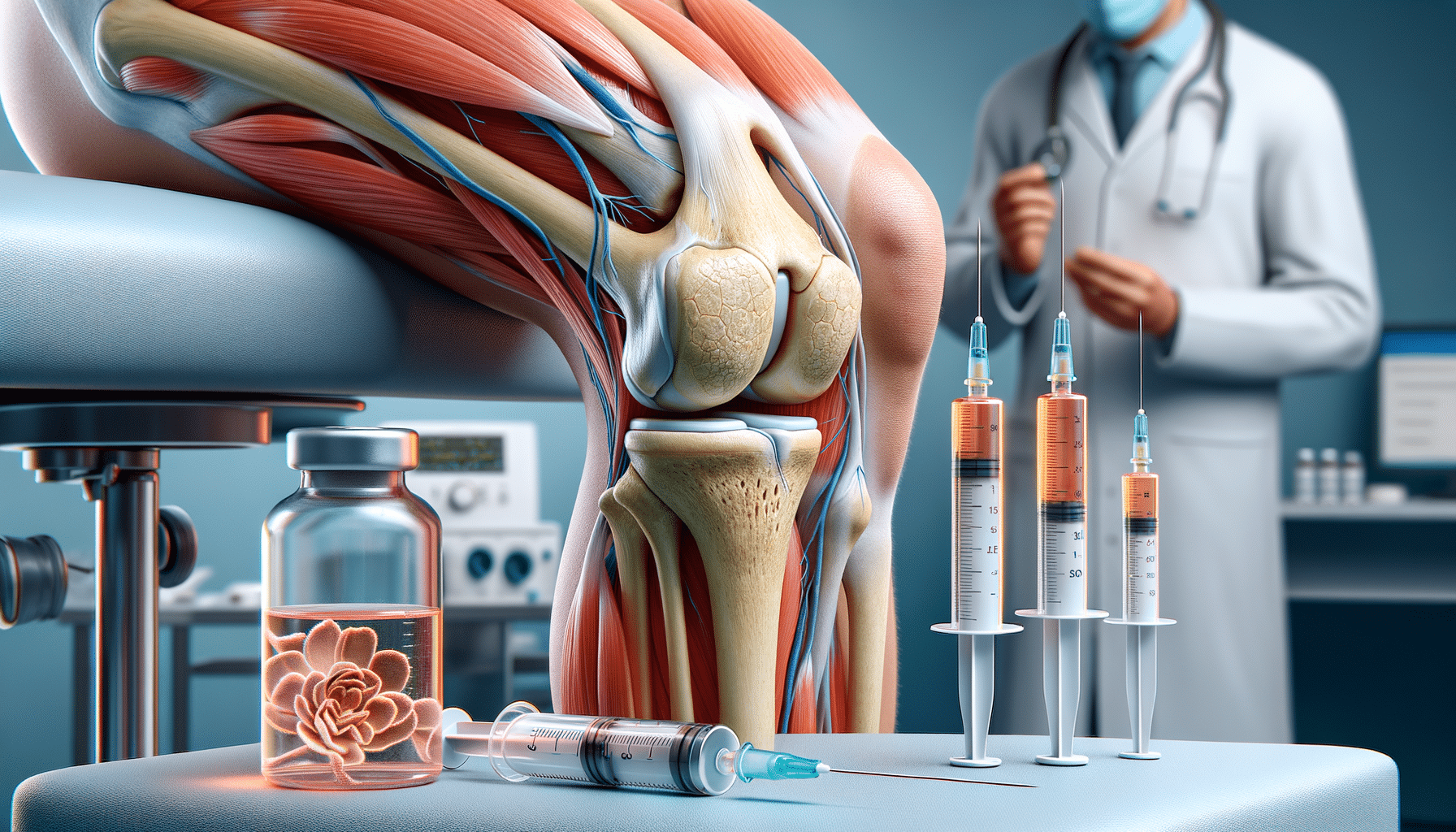
Gel Injections for the Knees in Jamaica: What You Need to Know
Understanding Knee Gel Injections
Knee gel injections, also known as viscosupplementation, have emerged as a favored alternative for those dealing with knee pain, especially in Jamaica where joint discomfort is prevalent due to lifestyle and environmental factors. These injections involve the administration of a gel-like substance directly into the knee joint. The primary component of this substance is hyaluronic acid, a naturally occurring compound in the synovial fluid that lubricates joints.
The role of hyaluronic acid in the body is crucial as it helps maintain the viscosity of the synovial fluid, allowing for smooth joint movement. However, in individuals suffering from osteoarthritis or other degenerative joint conditions, the concentration of this acid diminishes, leading to increased friction and pain during movement. By introducing additional hyaluronic acid into the joint, gel injections aim to restore lubrication, reduce pain, and improve mobility.
Patients often report a significant reduction in pain and improvement in joint function following the treatment. It’s important to note that while these injections do not cure underlying conditions like osteoarthritis, they provide symptomatic relief, making daily activities more manageable. This treatment is particularly appealing to those who wish to avoid surgery or cannot undergo surgical procedures due to other health concerns.
The Procedure and Its Benefits
The procedure for administering knee gel injections is relatively straightforward and minimally invasive. It typically takes place in a clinical setting where a healthcare professional injects the hyaluronic acid directly into the knee joint. The process is quick, often completed within 30 minutes, and requires little to no downtime, allowing patients to resume their daily activities shortly after.
One of the notable benefits of knee gel injections is their ability to offer relief without the need for systemic medications, which can have side effects. This localized treatment targets the affected area directly, providing more immediate and effective results for many patients. Furthermore, the risk of complications is generally low, making it a safe option for a wide range of individuals.
In Jamaica, where the climate and lifestyle can contribute to joint wear and tear, many have found gel injections to be a practical solution. The injections can be repeated every six months to a year, depending on the individual’s response and the severity of their condition. This flexibility allows patients to tailor their treatment plans to suit their needs and maintain an active lifestyle.
Considerations and Potential Side Effects
While knee gel injections offer numerous benefits, potential candidates should consider certain factors before proceeding with the treatment. It’s essential to consult with a healthcare provider to determine if this option is suitable for your specific condition and health status. Individuals with allergies to hyaluronic acid or those with infections in the knee joint should explore alternative treatments.
As with any medical procedure, there are potential side effects, though they are generally mild and temporary. Patients may experience slight swelling, pain, or warmth at the injection site, which typically resolves within a few days. In rare cases, there might be an allergic reaction, so it’s crucial to discuss any concerns with your doctor beforehand.
In summary, knee gel injections present a viable option for those seeking to manage knee pain without undergoing surgery. By understanding the procedure, benefits, and potential risks, individuals in Jamaica and beyond can make informed decisions about their joint health. As always, a personalized approach in consultation with a healthcare professional will yield the best outcomes.


